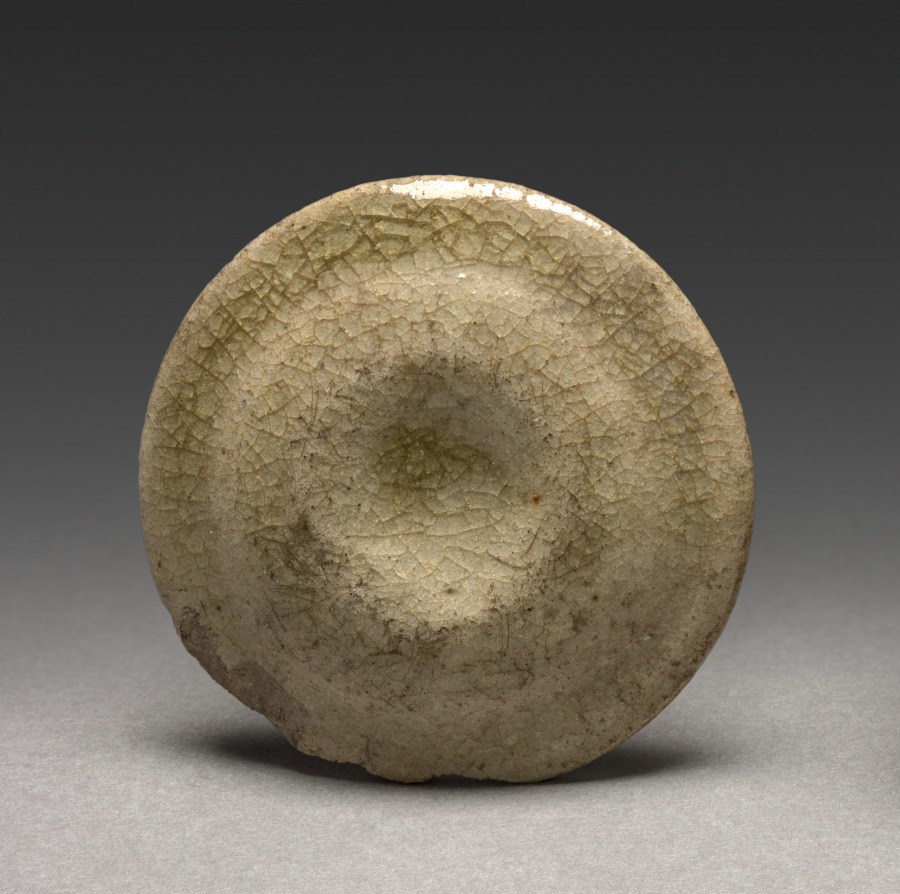| schema:description 9 | "collection: Japanese Art" |
| schema:description | "technique: glazed stoneware" |
| schema:description | "creditline: Gift of Dr. and Mrs. Sherman E. Lee" |
| schema:description | "id: 148176" |
| schema:description | "tombstone: Incense Box (lid): Seto Ware, 1200s-1300s. Japan, Kamakura Period (1185-1333). Glazed stoneware; diameter: 6 cm (2 3/8 in.); overall: 3.5 cm (1 3/8 in.). The Cleveland Museum of Art, Gift of Dr. and Mrs. Sherman E. Lee 1975.170.b...(more)" |
| schema:description | "culture: Japan, Kamakura Period (1185-1333)" |
| schema:description | "measurements: Diameter: 6 cm (2 3/8 in.); Overall: 3.5 cm (1 3/8 in.)" |
| schema:description | "wall_description: Old Seto, also called Koseto ware, was typically coated with an ash glaze in the mineral feldspar, which produced a yellow or grayish-green glaze. This palette appealed to medieval Buddhist priests and samurai alike. The practice of burning incense in religious, court, and domestic settings dates from the early 700s in Japan....(more)" |
| schema:description | "type: Ceramic" |

